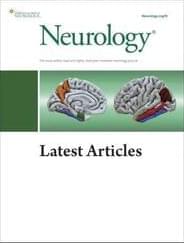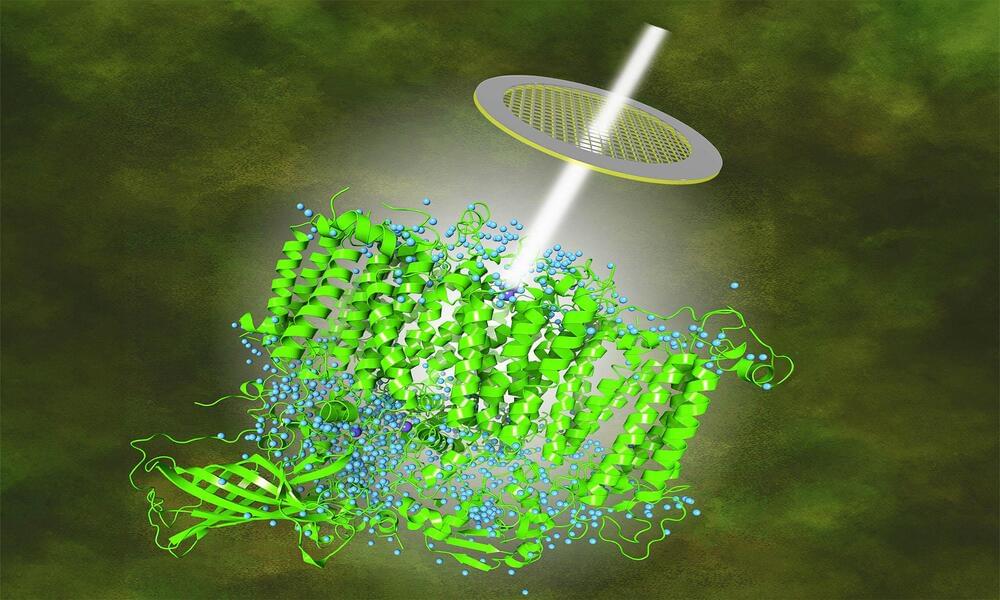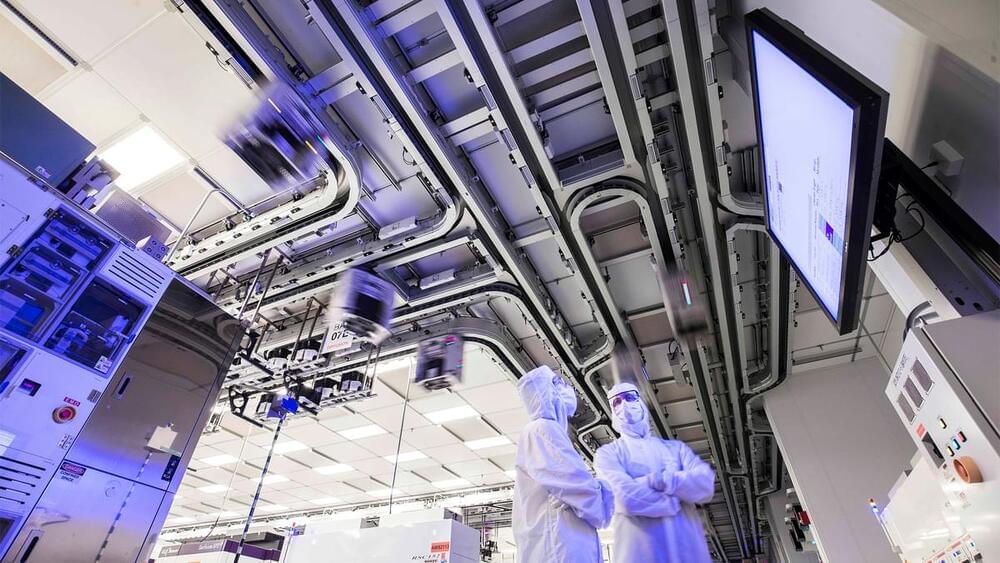This prospective, multimodal neuroimaging study systematically assessed both intracerebellar pathology and cerebrocerebellar connectivity alterations in a genetically stratified cohort of amyotrophic lateral sclerosis:
Background and Objectives.


The quest to understand the enigma of photosynthesis, how water is involved, and its critical role on Earth has taken a significant leap forward.
A recent breakthrough in visual technology has resulted in the capture of high-resolution images beyond any achieved before, shedding never-before-seen light on this essential life process.
Our story begins within the walls of a renowned institution, Umeå University, where diligent researchers embarked on a fascinating journey to understand the positions of hydrogen atoms and water molecules in photosynthesis.


Rather than living longer, otherwise healthy people who took daily multivitamins were slightly more likely (4%) than non-users to die in the study period, according to researchers.
Researchers reported nearly 165,000 deaths occurring during the follow-up period of the study, out of the initial group of 390,000 participants.
Check the description to go a little faster.

Cisco has patched an NX-OS zero-day exploited in April attacks to install previously unknown malware as root on vulnerable switches.
Cybersecurity firm Sygnia, who reported the incidents to Cisco, linked the attacks to a Chinese state-sponsored threat actor it tracks as Velvet Ant.
“Sygnia detected this exploitation during a larger forensic investigation into the China-nexus cyberespionage group we are tracking as Velvet Ant,” Amnon Kushnir, Director of Incident Response at Sygnia, told BleepingComputer.

Most of our progress in disease treatment and prevention to date has been the product of the linear process of hit-or-miss efforts to find useful interventions. Because we have lacked tools for systematically exploring all possible treatments, discoveries under this paradigm have owed a lot to chance. Likely the most notable chance breakthrough in medicine was the accidental discovery of penicillin — which opened up the antibiotic revolution and has since saved perhaps as many as 200 million lives. But even when discoveries aren’t literally accidental, it still takes good fortune for researchers to achieve breakthroughs with traditional methods. Without the ability to exhaustively simulate possible drug molecules, researchers have to rely on high-throughput screening and other painstaking laboratory methods, which are much slower and more inefficient.
To be fair, this approach has brought great benefits. A thousand years ago, European life expectancy at birth was just in the twenties, since so many people died in infancy or youth from diseases like cholera and dysentery, which are now easily preventable. By the middle of the nineteenth century, life expectancy in the United Kingdom and the United States had increased to the forties. As of 2023, it has risen to over eighty in much of the developed world. So, we have nearly tripled life expectancy in the past thousand years and doubled it in the past two centuries. This was largely achieved by developing ways to avoid or kill external pathogens — bacteria and viruses that bring disease from outside our bodies.
Today, though, most of this low-hanging fruit has been picked. The remaining sources of disease and disability spring mostly from deep within our own bodies. As cells malfunction and tissues break down, we get conditions like cancer, atherosclerosis, diabetes, and Alzheimer’s. To an extent we can reduce these risks through lifestyle, diet, and supplementation — what I call the first bridge to radical life extension. But those can only delay the inevitable. This is why life expectancy gains in developed countries have slowed since roughly the middle of the twentieth century. For example, from 1,880 to 1900, life expectancy at birth in the United States increased from about thirty-nine to forty-nine, but from 1980 to 2000 — after the focus of medicine had shifted from infectious disease to chronic and degenerative disease — it only increased from seventy-four to seventy-six.

With the pending arrival of AI agents, we will even more effectively join the always-on interconnected world, both for personal use and for work. In this way, we will increasingly dialog and interact with digital intelligence everywhere.
The path to AGI and superintelligence remains shrouded in uncertainty, with experts divided on its feasibility and timeline. However, the rapid evolution of AI technologies is undeniable, promising transformative advancements. As businesses and individuals navigate this rapidly changing landscape, the potential for AI-driven innovation and improvement remains vast. The journey ahead is as exciting as it is unpredictable, with the boundaries between human and artificial intelligence continuing to blur.
By mapping out proactive steps now to invest and engage in AI, upskill our workforce and attend to ethical considerations, businesses and individuals can position themselves to thrive in the AI-driven future.

